Do you ever stop and wonder about the mysteries of honey when you add it to your tea or incorporate it into a dish?
(No? Just me?)
Honey is a fascinating substance. Sticky, sweet, and possibly even good for you.
It was enough to send me into a beehive of research to try to shine a light on the health effects of honey. So read on, this is going to be a sweet one.

So, what exactly is honey?
Honey is a sweet, sticky, highly viscous liquid usually created by bees. Of course, that's just scraping the surface – there's a ton that goes into honey, and many different factors that influence the final product.
Let's talk a bit more about the fine details that differentiate various qualities and varieties of honey.
Let's start with a basic one: How do bees produce honey?
When you see bees hanging around plants, usually flowers, they aren't only enjoying the scenery. Instead, they're sucking out all delicious nectar, which is the sweet liquid plants make.
The bees store the nectar in an extra stomach, something that's also referred to as a crop or sometimes honey stomach. Some nectar is broken down for long-term storage, so bees can use it as a form of energy or otherwise use it when their food supply is low. Otherwise, the nectar is mixed with other enzymes and stored.
Once bees return to their hive, they regurgitate the nectar to other bees working the hive. This process repeats a few times until bees regurgitate the nectar into a honeycomb. As it's still liquid at that point, bees then team up to fan their wings at it and accelerate evaporation.
Once dry, bees seal the honeycomb with wax, stopping any fermentation and leaving fresh honey that can be stored away indefinitely.
Flower nectar isn't the only way this process can happen, though. Bees sometimes opt to use honeydew if they can't get nectar.
Honeydew is a sweet liquid excreted by some insects when they feed on certain trees. Honeydew excretions usually land on leaves or underneath plants, and that's where the bees suck it up like nectar.
Although bees treat honeydew just as they treat nectar, it does have some downsides. With a higher ash content than nectar, honeydew is an inferior food source for bees around wintertime – but it can still create honey nonetheless.
Honeybees have an extensive history that can rightfully take up an entire book. For your sake (and mine), I'll keep things brief.
During the Pleistocene warming event a few million years ago, honeybees spread throughout Europe and Africa, evolving into the honeybee genus Apis mellifera.
Around the 17th century, Europeans came to North America for all sorts of varied reasons: everything from poverty to fleeing war. They brought the bees and their beekeeping skills with them, thus providing a human-assist to the global spread of Apis mellifera.
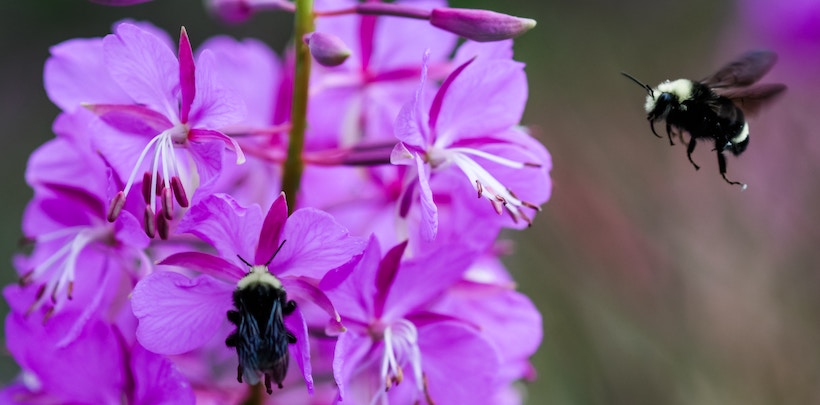
Have you noticed that bees have similar features but also some distinct differences? Well, there are several species of bees, some that are native to North America.
To name just a few: there are carpenter bees, Southwestern blueberry bees, and even Bumblebee, famous for their round appearance and impressive workload.
When it comes to honey, beekeepers and scientists do have opinions on whether native bees are better in some areas than the imported honeybee. Some researchers believe native bees are better pollinators overall, considering they take a good deal of pollen back compared to honeybees that mainly work for nectar.
Concerning honey's taste, it will be different regardless of if native bees created it or honeybees produced it. Pollen content makes a significant difference to the final taste of honey. Native bees and imported bees differ in other ways too, notably preferring different locations for their hives or pollinating different flowers by choice.
Just as bees have an ancient history, so does honey itself. You can even find rock paintings of honey dating back thousands of years.
Other than being used as a sweetener, honey has a prominent history in folk medicine. Much of this is due to its proven antimicrobial properties.
Beyond that, you can discover honey's history in various religious texts – it shows up everywhere from ancient Greek mythology to the Hebrew Bible.
There are almost too many uses of honey to count. It's used as a sweetening agent, as a food on its own, topically, or even as a medicine.
I'll enumerate more ways later, but you can see honey's beneficial health effects with some medical applications, for example treating burns or improving a cough.
Other than that, you can use it for its taste. Countless recipes call for honey from desserts like candy and cake to meals like glazing chicken and vegetables.
Honey can even be brought into your skincare routine.
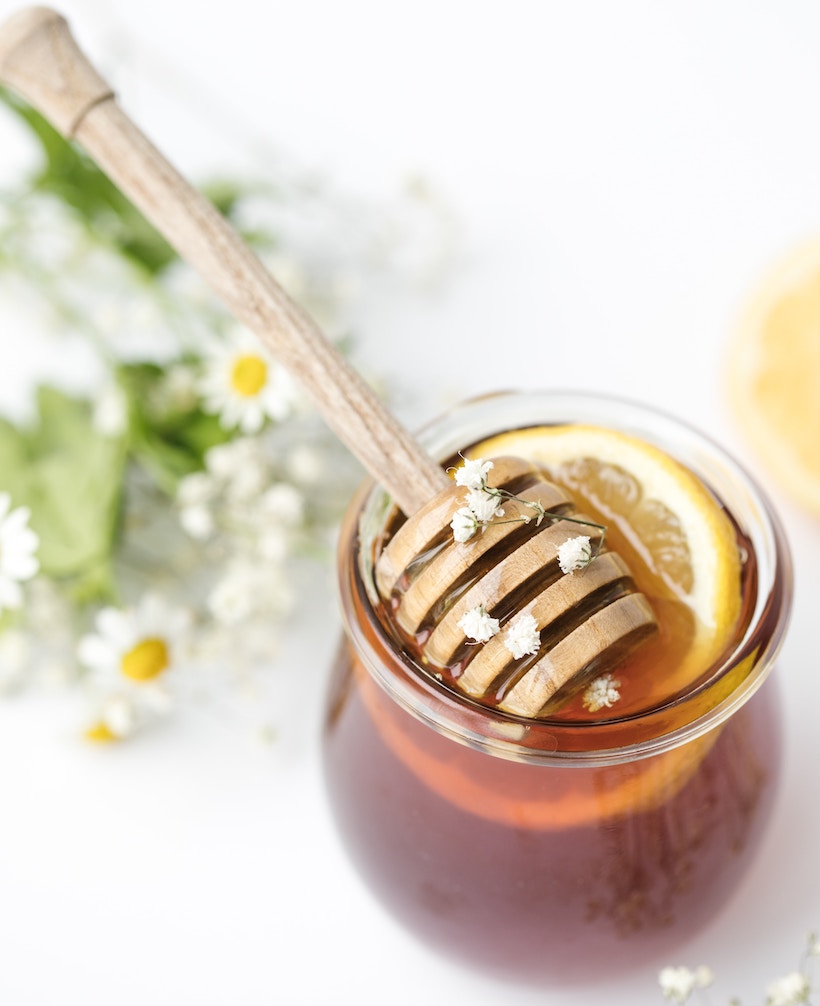
Honey's benefits stem from its complex makeup. It has a chemical composition where carbohydrates take up the most space. There are other ingredients in honey, too, of course, including vitamins and minerals, antioxidants, and proteins.
Ingredients differ, though, depending on where the honey comes from and how it's collected (e.g., raw honey compared to filtered).
Ever stand in the store and become overwhelmed with how many different kinds of honey there are? Yeah, me too.
You see things like "pasteurized" and "filtered," and you may begin to wonder just what it all means. Let's talk about some of the labels.
Pasteurized honey is the most common honey on the store shelf. Pasteurization carefully exposes honey to heat, which kills off yeast and various harmful microorganisms. Pasteurization also can help extend the shelf life.
For honey pasteurization, it's usually heated to around 145°F (62.8°C). Pasteurized honey has a translucent-like color. It can also be darker or creamier than other varieties on the shelf.
Raw honey is just as it sounds: it's the honey as it exists within the beehive. To get this honey, it's first lightly strained through a mesh cloth or similar filter to remove things such as beeswax and other impurities from the hive.
Some raw honey doesn't even take a filtering step. These honeys contain all the pollen the bees have collected as well as propolis, which is a glue-like substance that bees pick up from flower buds.
When compared to pasteurized honey, raw honey boasts more beneficial nutrients since no heat is applied to destroy the yeast. It's known to have dozens of amino acids, minerals, and an excellent variety of vitamins. They are especially rich in polyphenols, which behave much like antioxidants.
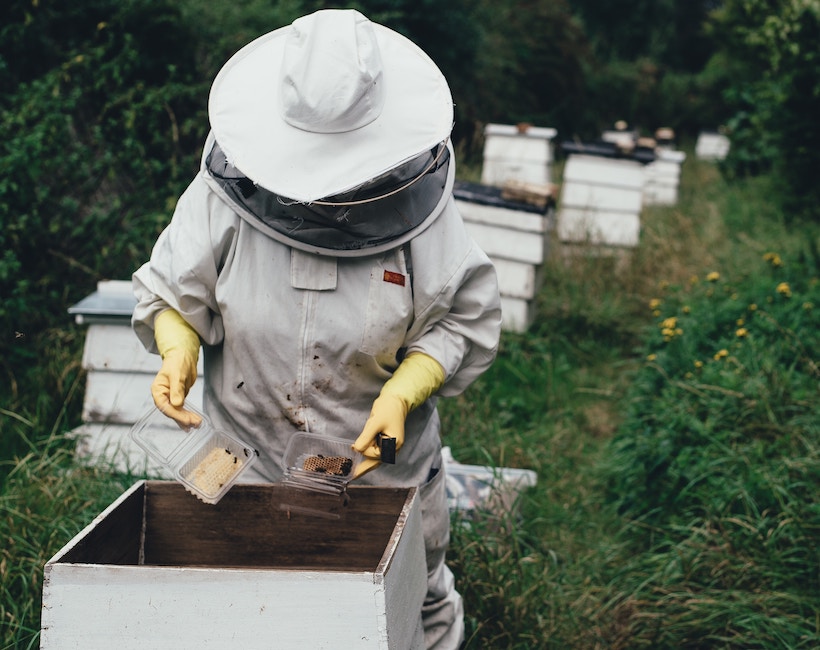
According to the USDA honey grading system, strained honey is honey that's strained to remove the majority of particles and faults from the hive's bounty. This includes defects, propolis, and honeycomb, but perhaps not every small air bubble or pollen grain.
Strained honey is sometimes confused or used interchangeably with raw honey because some raw honey (as explained before) goes through a light straining process.
Of course, strained honey as the USDA grades it aims to remove most of the substances from the final honey product. This process leaves a smoother liquid that's lightly colored.
The most processed honey on a typical shelf is filtered honey. The USDA grading standards state filtered honey is honey filtered out to remove almost all of the pollen, air bubbles, and other impurities from the honey – a step even further than strained.
There are benefits to filtered honey, one of the main ones being longevity. The filtration process delays the natural crystallization that occurs, keeping the honey as a liquid longer.
It's a bit rarer, but there's also a technique referred to as ultrafiltration. This method isn't widely used – it is expensive compared to other preparation methods. It involves adding water to honey, pressurizing the mix, then removing the water.
Ultrafiltration leaves behind a clear sweetener that isn't exactly referred to as "honey" in the U.S. It does wind up removing the pollen and byproducts as well, which takes away many of the nutrients usually found in honey.
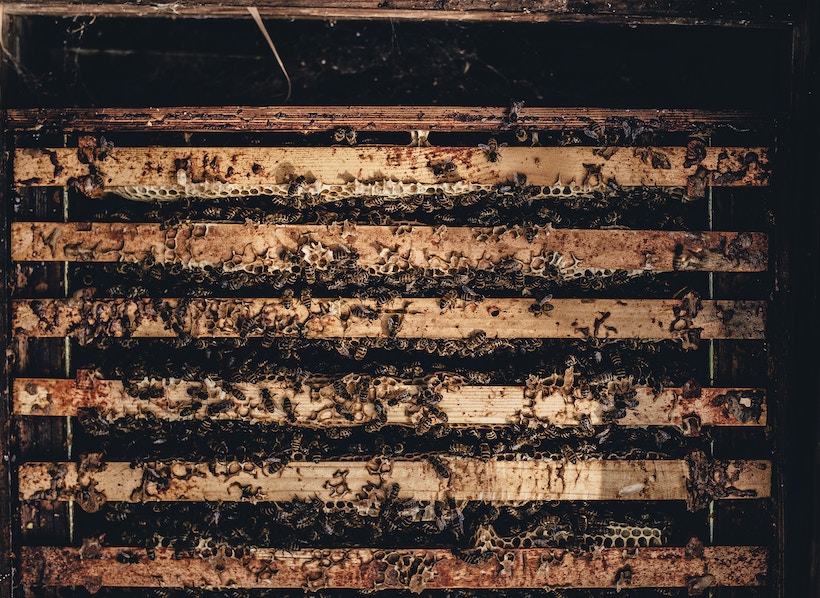
As mentioned before, the ingredients of honey differ based on where it originates. One place this shows up is in the volatile organic compounds (VOCs) of honey.
The VOCs in honey come from the diverse – and unique – set of flowers the hive visited in your batch of honey. They also serve as a fingerprint for honey – VOCs indicate the flower the honey came from as well as its geographic origin.
VOCs play a role in a honey's aroma. VOCs might cause honey to be described as "sweet" or "almond-like" in scent. VOCs also might contribute to some of the beneficial effects in honey, for example, acting as antioxidants.
One place where honey shines? Antioxidant content.
Researchers believe that honey contains similar antioxidant power to the Vitamin C found in tomatoes.
There are numerous antioxidants in honey, such as glucose oxidase. You can even find several different polyphenols like caffeic acid and plenty of flavonoids in honey. It's known that the darker honey appears, the higher the antioxidant content it has.
Did you think that honey could be a good substitute for sugar? Well, it might stop you from adding table sugar to your tea, but the fact is honey already contains many different sugars.
Honey has fructose, glucose, sucrose, maltose, and an eclectic mix of a few others. Fructose is a sugar usually found in fruit, while glucose is what the body uses for energy when burning carbohydrates. Sucrose is your typical, everyday table sugar.
Minerals are found in abundance in honey, with the most being potassium, phosphorus, and calcium.
The exact composition of minerals in honey varies based on the type of honey. For instance, honeydew honey will usually contain a higher mineral content than blossom honey.
Of course, all of the other factors in honey additionally influence the mineral content of honey: everything from hive habits to the flowers near the hive.
We know how honeybees made it to America, and we've taken a look at the various components that make up honey. Now let's look at the proven beneficial health effects of honey that come from having these ingredients.
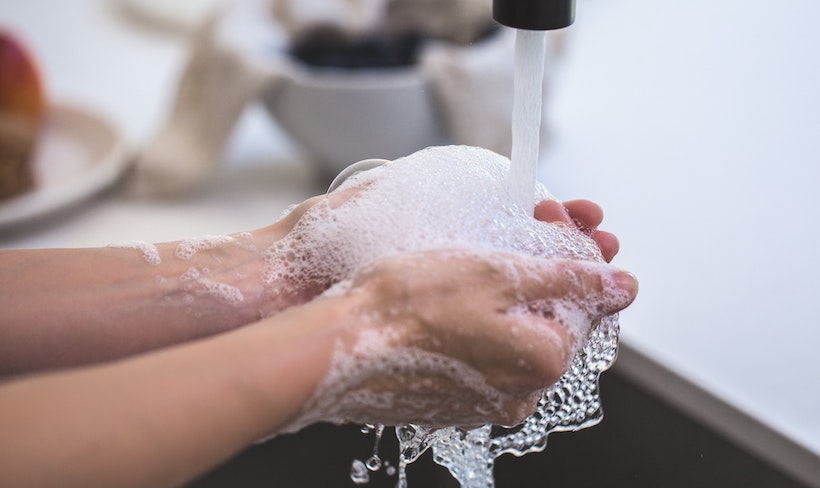
Antimicrobials refer to substances that inhibit or completely kill the growth of microorganisms.
Based on use in traditional medicines centuries ago, honey is known to be a natural antimicrobial. Most honeys have this antimicrobial property because glucose oxidase breaks down some glucose to hydrogen peroxide. Hydrogen peroxide is a well-known antimicrobial and has antibacterial and antiseptic compounds to boot.
However, even other honeys that block hydrogen peroxide can serve as an antimicrobial due to their sugar mixture that fights off the growth of microbes.
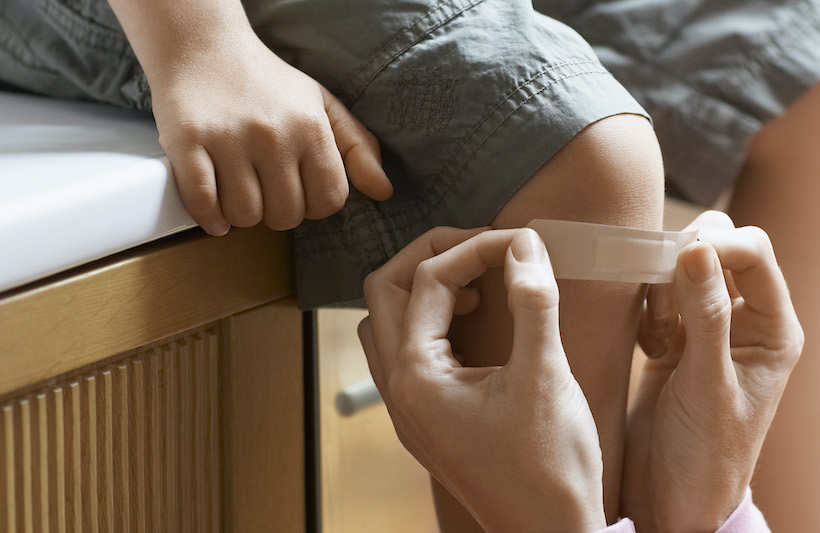
Traditional medicine has long revered the healing power of honey on topical wounds. It turns out: there's much to those claims.
Modern research has shown that honey accelerates bedsore treatment for cancer patients. In one study, doctors used dressings coated with honey and found that they accelerated healing while also reducing pain.
Even patients with foot ulcers saw relief from raw honey over three weeks. Reportedly, not much scarring was left behind either!

Can you believe that natural honey can be cardioprotective?
In some research, honey was also shown to improve antioxidant enzyme levels found in heart tissue. With the amount of antioxidants found in raw honey, you can even see a decrease in the ability of platelets to form clots – dangerous buildups in arteries that can cause strokes or heart attacks.
Also, the richness of phenolic compounds in honey can help reduce your risk of developing heart disease in the first place. Scientists believe flavonoids can decrease the risk of developing coronary heart disease.

Another surprising benefit of honey is the effect it can have on your bone health. Although there are a limited number of studies on human subjects, there is research that showcases the skeletal-beneficial aspect of honey.
There is also protection found in the antioxidant and anti-inflammatory properties of honey. More research indicates that your rate of calcium absorption tends to increase when you consume honey.

We know that honey has been used as a home remedy for cough treatment (something I'll look at later), but did you know it can help treat symptoms of asthma and bronchitis?
As previously mentioned, honey has proven anti-inflammatory properties. Honey can help cut down on the inflammation in your airways to help you breathe better. If there's mucus involved, honey appears to have a beneficial effect as well
Viral bronchitis may also lead to you coughing phlegm. Honey can help thin the secretions in your throat to soothe those symptoms.

Yet another unanticipated health effect: honey can improve your oral health.
Honey can help restrict the growth of bacteria that forms plaque, which can benefit your gum health. This, in turn, can also help you manage symptoms if you already have a gum infection – honey can help treat open oral wounds.
Research has also proven that honey can help decrease the size of the wound in children who have undergone teeth extractions. Yet again, credit the antimicrobial properties of honey.

There has been some conflicting research done into using honey as a treatment for allergies. For example, raw honey does contain pollen, which can cause allergies in some people on its own.
However, some solid research found that individuals with symptoms from allergic rhinitis saw improvement by ingesting high amounts of honey. This beneficial effect might be due to the natural anti-inflammatory properties of honey.

Another reason honey was so widely revered in traditional medicine was its use for general gut health or healing ulcers.
Some modern research discovered honey could help in the treatment of gastroenteritis. The test – using infants and children – found that honey can help shorten the length of bacterial diarrhea. Also, as one of the main dangers in diarrhea is dehydration, honey can serve as a glucose supplement to aid in the oral rehydration process.
Honey may also help treat other conditions like irritable bowel syndrome (IBS) and ulcerative colitis. Honey was seen to help replenish healthy tissue and reduce colonic inflammation.
Natural honey was even shown to have an effect on Helicobacter pylori, which is a type of bacteria found living in your digestive tract. H. pylori is the bacteria that can cause ulcers – it turns out, the historical usage of honey was on the money.

Quite a bit of research has gone into finding a link between honey and the treatment of some cancers. The investigation covered cancers like breast cancer and liver cancer.
Honey may help modulate the immune system while also having an anticancer effect due to interfering with several different cell-signaling pathways.

Yes, you have been waiting for this one: one of the most well-known health uses of honey is for cough treatment.
As you would expect, there have been studies that show consistent honey usage can help alleviate cough symptoms in a few days in children.
Honey's use as a cough suppressant was discovered over time through both folk and traditional medicine. Even though every claimed benefit isn't backed up by modern research, health officials in some countries back up the use of honey as a cough suppressant.
Alas – too much of something (or something in the wrong person) can harm your health. The same goes for honey. This does depend on the specific person, age, current health, and how much honey is used.
The case against honey is seen in botulism, which is a dangerous poisoning that targets the nervous system. When it comes to honey, it can sometimes contain botulism spores, spores which can release a toxin that can harm infants if honey is given to them.
Because of this, it's recommended that you do not give honey to infants under the age of 12 months.

Also known as "mad honey disease," grayanotoxin intoxication occurs by consuming a specific kind of mad honey. Although often found in Turkey (and sometimes sought out for its hallucinogenic properties), there have been cases worldwide due to the export of honey.
Mad Honey Disease can cause many symptoms – everything from nausea and vomiting to dizziness and hallucinations. Generally, grayanotoxin intoxication is due to honeybees visiting specific members of the Ericaceae plant family – a family that includes the prevalent rhododendron.
Even though people use honey as a substitute, honey does contain a high amount of different sugars and a relatively low proportion of proteins. It also is rather high in calories too.
Because of this, honey should be taken in moderation as overeating honey can lead to weight gain.
However, when compared to sucrose and fructose, honey is known to be a bit gentler on blood sugar levels. Since it does have a sweeter taste, you may not have to consume as much honey compared to other sugar sources.
Botulism – a severe food poisoning that stems from the bacteria Clostridium botulinum – is a rare negative impact of honey, but it originates from the botulism spores that exist in honey. If you develop symptoms of botulism (swallowing issues, breathing difficulty, facial weakness, blurred vision, and others) seek medical attention immediately.
Botulism most often arises from raw honey, and it primarily is a risk for infants or individuals who are already immunocompromised. It's not altogether uncommon, though – around 150-200 people a year are diagnosed. The plurality of cases come from California.

I'll answer with a measured yes: in my layman's opinion, honey is okay for you in moderation – but due to its sugar content isn't necessarily a "healthy food."
I also would hedge that statement some: if you are immunocompromised or feeding an infant, avoid using honey (especially raw honey).
You can take honey however you enjoy it.
Like to eat it from the jar? Like to squirt it in your mouth from a squeeze bottle? Go right ahead – I won't say anything. (These methods are particularly useful when you're fighting a cough.)
But really, honey is everywhere. From recipes to salves to creams, it's in the ingredient list of a ton of foods and preparations. You can even find products in the store, such as medication and lotions, that already have honey in them to help enhance your skincare routine or wound healing.
Use honey as you enjoy it best – it's an excellent product in moderation.
There isn't a hard limit on honey, per se – but the CDC does recommend limiting your dietary consumption of added sugars to no more than 10% of your daily calories.

After my research, I'm left with a sweet taste in my mouth – honey is undoubtedly an exciting substance.
From nectar (or honeydew) to your market's shelf is such a fascinating journey, and its beneficial effects on the human body make honey all the more interesting.
So, the next time you drizzle honey on your pancakes or add it to your tea, take a second to appreciate the syrup and all it does. Honey deserves its golden color and positive reputation – I hope you enjoy it just a little bit more the next time you eat it.